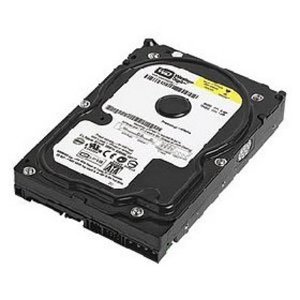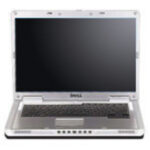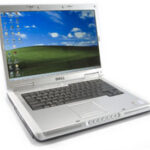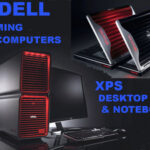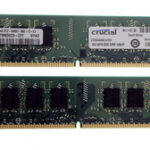I recently bought (and reviewed) a new DELL Inspiron 530. It came with one 500GB hard drive installed. At first, this seemed like as much as I would ever possible need. Then I gave it another thought and decided that a second hard drive, specifically designated to store various media files (music, photos and videos) might be a good idea. A second Caviar 500GB hard drive seemed to be just the right thing.
Because some hardware is somehow not perfectly compliant with every computer and operating system, I decided to play it safe. The hard drive installed by DELL was one of these WD Caviars so I shopped for the exact same thing, found it, ordered it and installed it in about ten minutes. I am pleased to say that it seems to work impeccably.
I have had experience with WD (Western Digital) hard drives in the past, though with dramatically smaller capacities. I believe the last one I bought has a memory of 120 GBs. I was never troubled or disappointed with that one and I expect the same reliability from this one.
The hard drive is the ongoing storage memory of your computer. Unlike the RAM (Random Access Memory) which is used for active tasking but retains no permanent memory of what it does, the hard drive(s) remember everything – unless and until you wipe it clean and shred the data. Hard drives have pretty indelible memory – especially when on the workbench of someone who knows what they are doing. The WD Caviar hard drive is no exception to the need to be cautious – even perhaps a tad paranoid about disposing of old hard drives.
Simply ‘deleting’ files and folders from them actually leaves the data deleted right there to be retrieved by someone whose motives may be less than honorable. For that reason, when I replace an old computer, before recycling it I remove the hard drives. When the mood strikes me, I demolish them into smithereens with a 30-pound sledge hammer. In tiny pieces, it is unlikely that there will be anything either discoverable or recoverable on them. But hard drive security is another issue for another article. Back to the Caviar 500GB Hard Drive.
The Caviar 500GB internal drive I purchased was a new “OEM” drive. This means that it does not come in a retail box with manuals, software (neither of which is really needed with this drive), screws or a data cable to connect it. I paid a total of $7. at a local computer shop for the necessary screws and data cable.
Following the simple instructions available at many websites for installing a second hard drive, I powered off my computer, opened the computer case, screwed the new 500 GB Caviar Hard Drive into place, connected both the power and data cables, closed things back up and powered on. The only remaining task required was to identify the new hard drive) give it a letter name) and format it as per simple instructions again available on any user-friendly computer web site.
With modern technology, it is not necessary to partition a second drive for most user purposes, nor is any other special preparation required. It is ready to go. Running at the current industry standard of 7200 RPM, it is up to any storage task I can imagine for it.
Now, I have what is called a Tetrabyte (1,000 Gigabytes) of hard drive memory. Although divided between two of these Caviar 500GB hard drives, they are as one when it comes to storage capacity. It is hard to believe or imagine that I will ever run short. But, then I recall a quote from Bill Gates who, back many years ago, insisted that a home computer user would ‘never’ have reason to need more than 500MBs (1/2 of 1 GB) of hard drive memory. Times have sure changed. The operating system, in my case, Windows Vista Home Premium, takes a lot of GBs all by itself!
So, in a world where you can certainly have more memory than you need today, it is not possible to be certain about what the requirements of tomorrow may turn out to be.
As is the case with many other computer-related and electronic products, prices have continued to drop. This WD Caviar hard drive cost me under $110. And that figure includes the screws and cable I mentioned earlier. It runs acceptably quietly and I expect to get many years of satisfactory service from it. For about half the price, it compares very favorably with Seagate’s ‘Baracuda’ HD of the same size.
For what I regard as a very reasonable price, I have more memory in my computer that I can ever hope to contain in my mind, contained by two of WDs Caviar 500GB hard drives.
If only medical science could invent and make available a biologically compatible hard drive for the human mind. Now that would really be something!
